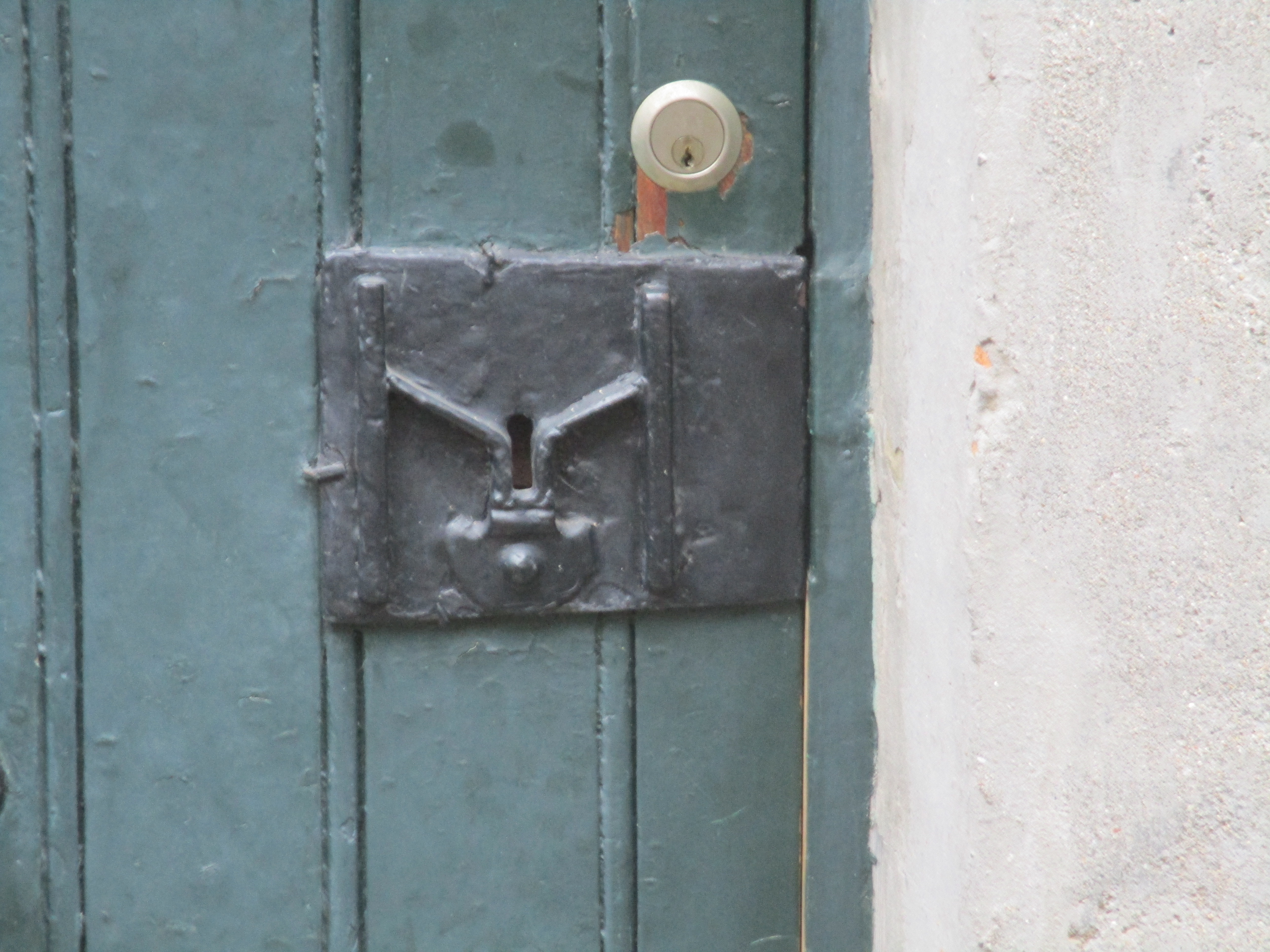|
Historical Romanian Ranks And Titles
This is a glossary of historical Romanian ranks and titles used in the principalities of Moldavia, Wallachia and Transylvania, and later in Romania. Many of these titles are of Slavic languages, Slavic etymology, with some of Greek language, Greek, Latin language, Latin, and Turkish language, Turkish etymology; several are original (such as ''armaș'', ''paharnic'', ''jitnicer'' and ''vistiernic''). Various ''boier'' titles correspond to various honorary services at the Court, but often they were associated with various actual governmental duties as well. ''Mare'' (Romanian), ''vel'' (Slavic) or ''baș'' (Turkish) are composing parts used with other titles. Synonymous with the Byzantine "Megas", they precede a title or rank: Mare Vornic, Mare Stolnic, Vel Paharnic, Vel Pitar, Vel Logofăt, Baș Boier, etc.Dimitrie Cantemir - Descrierea Moldovei Middle Ages (1330/1359 — 1711/1716) Phanariote era (1711/1716 — 1821) See also * Boyars of Wallachia and Moldavia * Historical R ... [...More Info...] [...Related Items...] OR: [Wikipedia] [Google] [Baidu] |
Moldavia
Moldavia (, or ; in Romanian Cyrillic alphabet, Romanian Cyrillic: or ) is a historical region and former principality in Eastern Europe, corresponding to the territory between the Eastern Carpathians and the Dniester River. An initially independent and later autonomous state, it existed from the 14th century to 1859, when it united with Wallachia () as the basis of the modern Romanian state; at various times, Moldavia included the regions of Bessarabia (with the Budjak), all of Bukovina and Hertsa region , Hertsa. The region of Pokuttya was also part of it for a period of time. The Moldavia (region of Romania) , western half of Moldavia is now part of Romania, the eastern side belongs to the Moldova , Republic of Moldova, and the Chernivtsi Oblast , northern and Budjak , southeastern parts are territories of Ukraine. Name and etymology The original and short-lived reference to the region was ''Bogdania'', after Bogdan I, the founding figure of the principality. The name ... [...More Info...] [...Related Items...] OR: [Wikipedia] [Google] [Baidu] |
Knyaz
A , also , ''knjaz'' or (), is a historical Slavs, Slavic title, used both as a royal and noble title in different times. It is usually translated into English language, English as 'prince', 'king' or 'duke', depending on specific historical context and the potentially known Latin equivalents at the time; the word was originally derived from the Proto-Germanic language, common Germanic ('king'). Feminine forms of the word may be divided into two groups: * "Princess", be it princess consort (wife of a reigning prince), princess regnant (reigning princess ''suo jure''), or princess regent (reigning on behalf of an underage prince, usually her son after her husband's death) ** Belarusian language, Belarusian: ''kniahinia'' (княгіня) ** Bulgarian language, Bulgarian and Russian language, Russian: () ** Slovene language, Slovene, Serbo-Croatian, and Macedonian language, Macedonian: (in Serbian Cyrillic alphabet, Serbian and Macedonian alphabet, Macedonian Cyrillic: ) ** ... [...More Info...] [...Related Items...] OR: [Wikipedia] [Google] [Baidu] |
Master Of The Royal Court
An intendant (; ; ) was, and sometimes still is, a public official, especially in France, Spain, Portugal, and Latin America. The intendancy system was a centralizing administrative system developed in France. In the War of the Spanish Succession of 1701 to 1714 the French royal House of Bourbon secured its hold on the throne of Spain; it extended a French-style intendancy system to Spain and Portugal - and subsequently worldwide through the Spanish Empire and Portuguese Empire. Regions were divided into districts, each administered by an intendant. The title continues in use in Spain and in parts of Spanish America for particular government officials. Development of the system in France Intendants were royal civil servants in France under the Old Regime. A product of the centralization policies of the French crown, intendants were appointed "commissions," and not purchasable hereditary "offices," which thus prevented the abuse of sales of royal offices and made them more tra ... [...More Info...] [...Related Items...] OR: [Wikipedia] [Google] [Baidu] |
Key (lock)
A lock is a mechanical or electronic fastening device that is released by a physical object (such as a key, keycard, fingerprint, RFID card, security token or coin), by supplying secret information (such as a number or letter permutation or password), by a combination thereof, or it may only be able to be opened from one side, such as a door chain. A key is a device that is used to operate a lock (to lock or unlock it). A typical key is a small piece of metal consisting of two parts: the '' bit'' or ''blade'', which slides into the keyway of the lock and distinguishes between different keys, and the ''bow'', which is left protruding so that torque can be applied by the user. In its simplest implementation, a key operates one lock or set of locks that are keyed alike, a lock/key system where each similarly keyed lock requires the same, unique key. The key serves as a security token for access to the locked area; locks are meant to only allow persons having the correct key ... [...More Info...] [...Related Items...] OR: [Wikipedia] [Google] [Baidu] |
Clucer
Clucer (; plural ''cluceri'') was a historical rank traditionally held by boyars in Moldavia and Wallachia, roughly corresponding to that of Masters of the Royal Court. It originated in the Slavic ''kliučiari'' (from the word for "key"), being equivalent to the Russian title of '' klyuchnik''. ''Cluceri'' were in charge of supplying the courts of Moldavian or Wallachian Princes with food and other objects of necessity; the ''clucer de arie'' oversaw the supply in cereals and fodder Fodder (), also called provender (), is any agriculture, agricultural foodstuff used specifically to feed domesticated livestock, such as cattle, domestic rabbit, rabbits, sheep, horses, chickens and pigs. "Fodder" refers particularly to food ..., while the ''clucer de pivniță'' and ''clucer de jigniță'' organized, respectively, the supply in beverages and food for the military forces. In time, the title became purely symbolic, and faded out of use during the 19th century. Romanian noble ... [...More Info...] [...Related Items...] OR: [Wikipedia] [Google] [Baidu] |
Basement
A basement is any Storey, floor of a building that is not above the grade plane. Especially in residential buildings, it often is used as a utility space for a building, where such items as the Furnace (house heating), furnace, water heating, water heater, breaker panel or fuse box, Garage (residential), car park, and air-conditioning system are located; so also are amenities such as the electrical system and cable television distribution point. In cities with high property prices, such as London, basements are often fitted out to a high standard and used as living space. In British English, the word ''basement'' is usually used for underground floors of, for example, department stores. The word is usually used with buildings when the space below the ground floor is habitable and with (usually) its own access. The word ''cellar'' applies to the whole underground level or to any large underground room. A ''subcellar'' or ''subbasement'' is a level that lies below the basement o ... [...More Info...] [...Related Items...] OR: [Wikipedia] [Google] [Baidu] |
Beeswax
Bee hive wax complex Beeswax (also known as cera alba) is a natural wax produced by honey bees of the genus ''Apis''. The wax is formed into scales by eight wax-producing glands in the abdominal segments of worker bees, which discard it in or at the hive. The hive workers collect and use it to form cells for honey storage and larval and pupal protection within the beehive. Chemically, beeswax consists mainly of esters of fatty acids and various long-chain alcohols. Beeswax has been used since prehistory as the first plastic, as a lubricant and waterproofing agent, in lost wax casting of metals and glass, as a polish for wood and leather, for making candles, as an ingredient in cosmetics and as an artistic medium in encaustic painting. Beeswax is edible, having similarly negligible toxicity to plant waxes, and is approved for food use in most countries and in the European Union under the E number E901. However, due to its inability to be broken down by the human digestiv ... [...More Info...] [...Related Items...] OR: [Wikipedia] [Google] [Baidu] |
Pantry
A pantry is a room or cupboard where beverages, food, (sometimes) dishes, household cleaning products, linens or provisions are stored within a home or office. Food and beverage pantries serve in an ancillary capacity to the kitchen. Etymology The word "pantry" derives from the same source as the Old French term ; that is from , the Latin , "bread". History in Europe and United States Late Middle Ages In a medieval Hall (concept)">hall, there were separate rooms for the various service functions and food storage. The pantry was a dry room where bread was kept and food preparation was done. The head of the office who is responsible for this room is referred to as a ''pantler.'' There were similar rooms for cooler storage of meats and lard/butter (larder), alcoholic beverages ( buttery, known for the "butts", or barrels, stored there), and cooking ( kitchen). Colonial Era In the United States, pantries evolved from early Colonial American " butteries", built in a cold nort ... [...More Info...] [...Related Items...] OR: [Wikipedia] [Google] [Baidu] |





